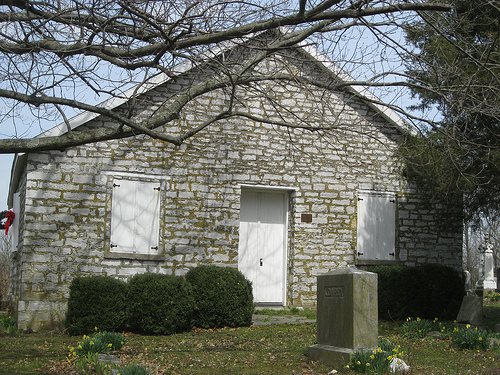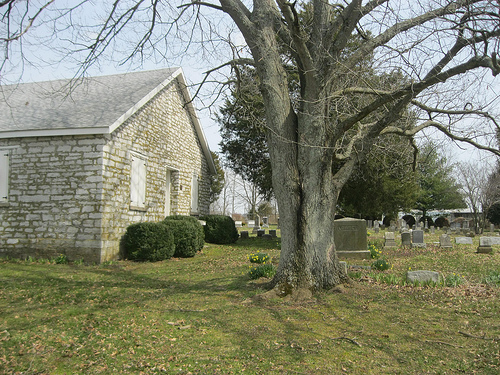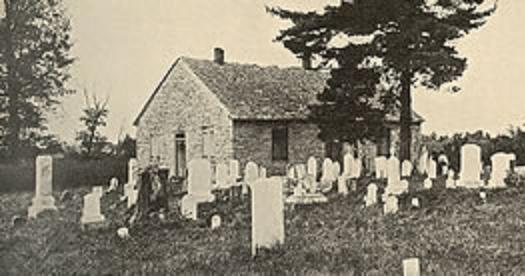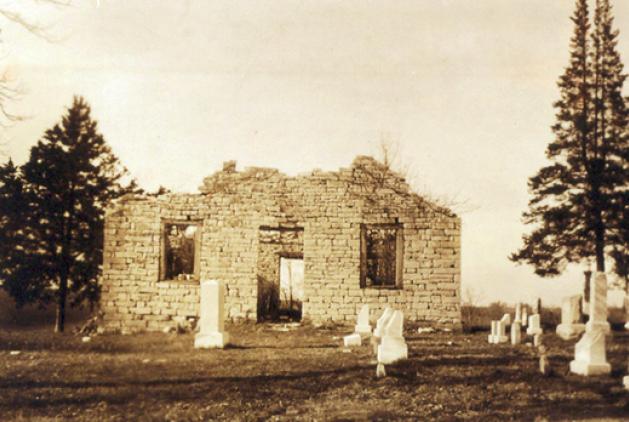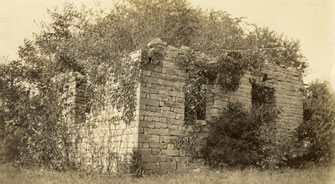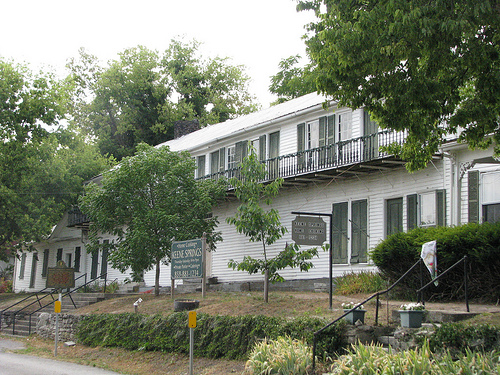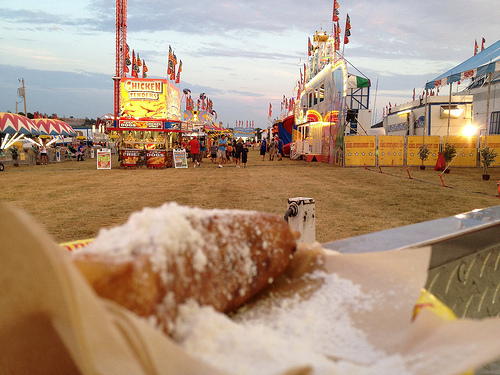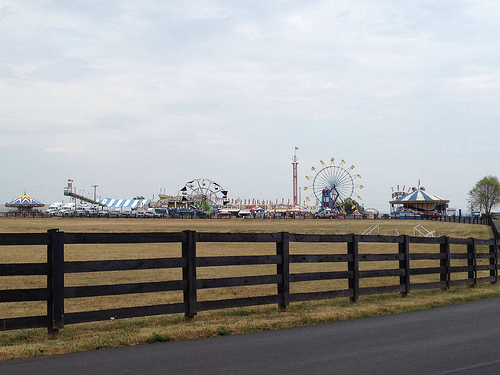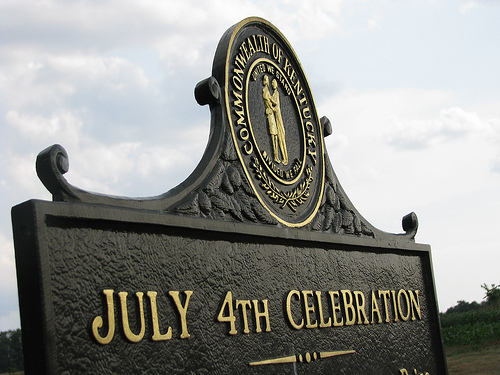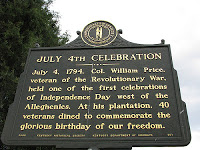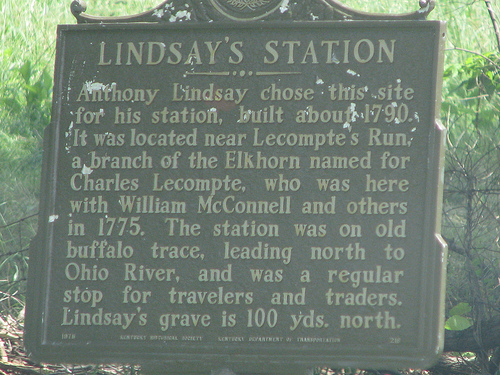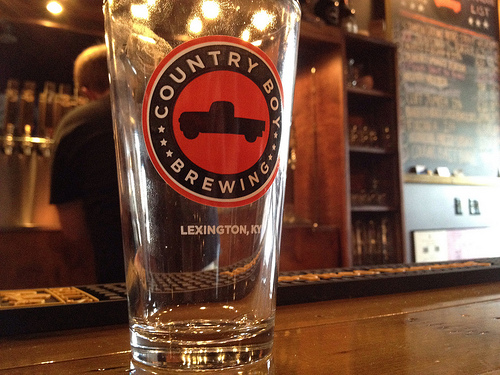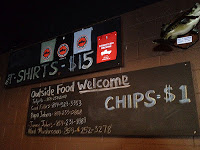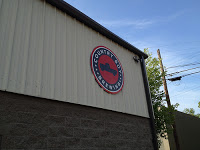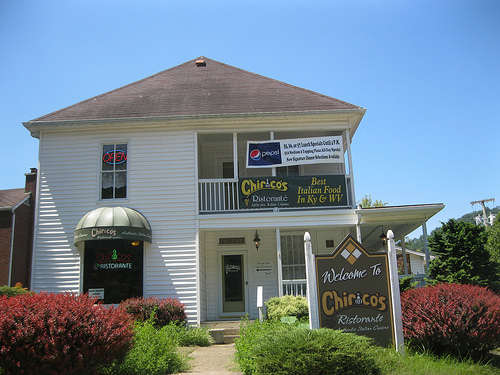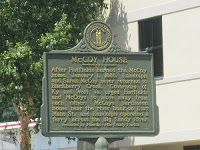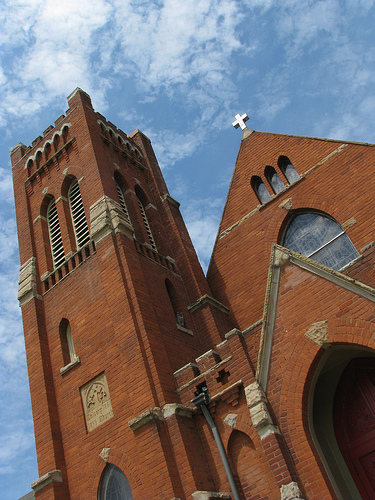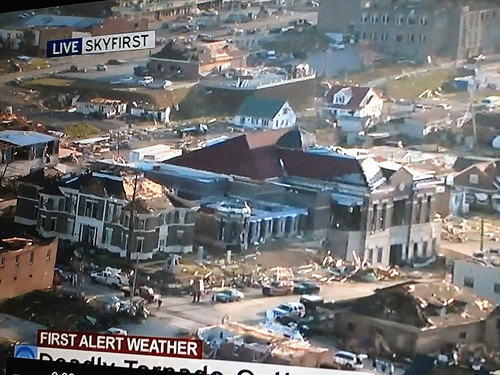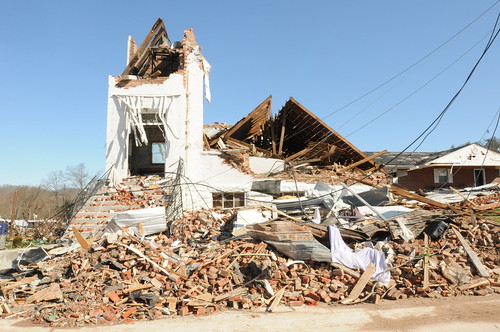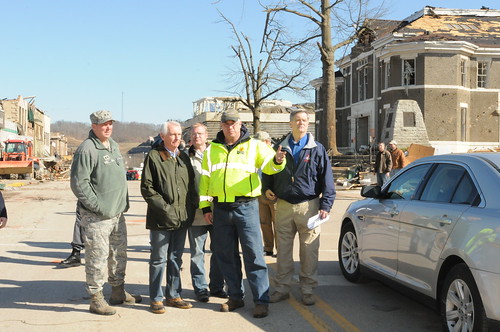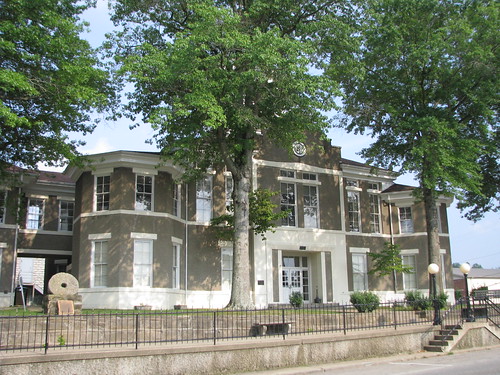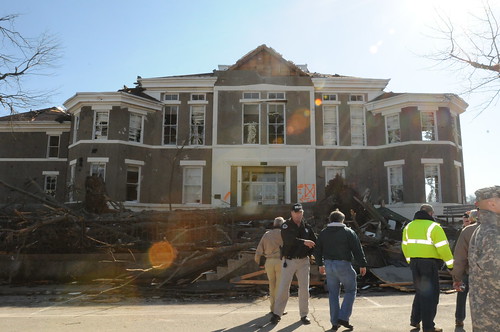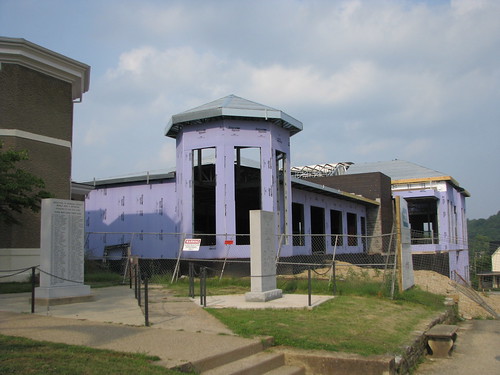During tonight’s (April 19, 2013) Lexington Gallery Hop, the photography of Amy Palmer will be on display at the Susan Gilliam Gallery, 312 East High Street. Amy’s photography focuses on nature, equine and architecture, including the below photograph of the historic Indian School at Great Crossing. Visit her tonight!
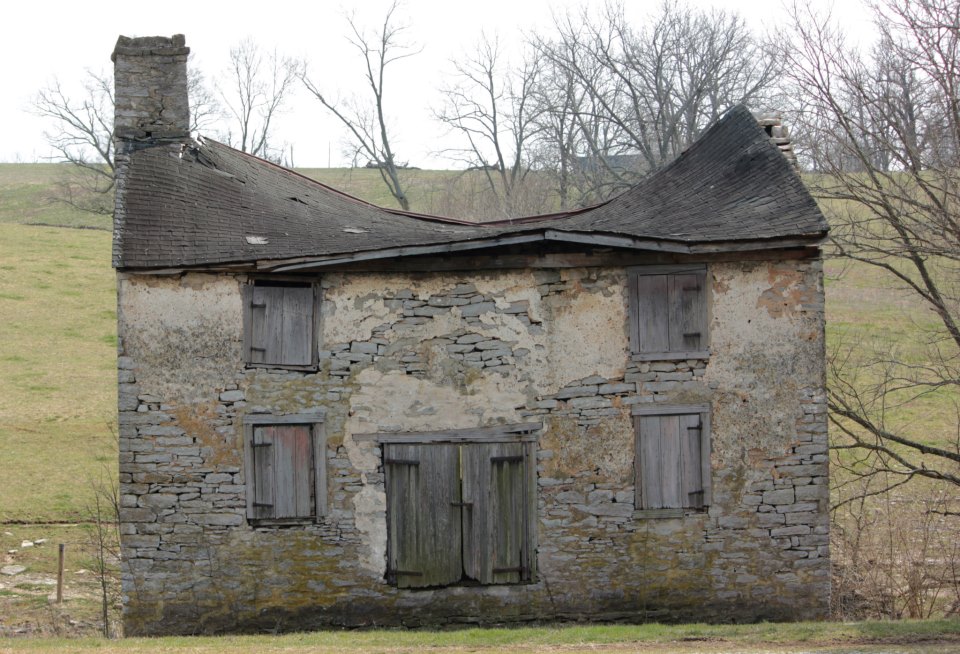 |
| Remaining Stone Dormitory from the Indian School at Great Crossing – Georgetown, Ky. Photo: Amy Palmer (2013) |
To the west of Georgetown, near the banks of the North Elkhorn Creek stands the stone remains of last remaining structure from the old Indian school established in 1825 by then-Colonel (later Vice President) Richard M. Johnson. The Indian School at Great Crossing, today referred to as the Choctaw Indian Academy had five buildings, four of which were constructed of stone; it is believed that this remaining building was a dormitory.
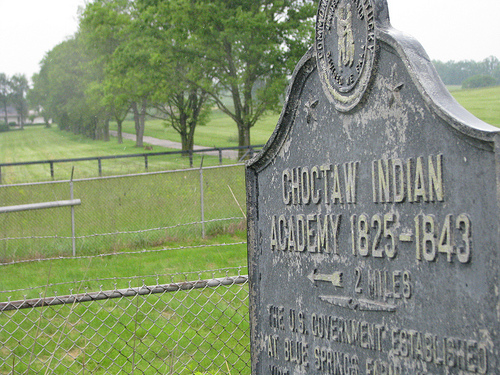 |
| Roadside Historic Marker |
Built into a hillside, the dormitory faces northwest. Built on three levels, the lowest level and main floor both have fireplaces and there is an ‘accessible’ upper third level to the three-bay.
As part of America’s attempt to assimilate Native Americans into American culture, the school was founded with federal assistance going to Col. Johnson to the sum of approximately $6,000 per annum – funding agreed to by a treaty between the Americans and the Choctaw Nation for the education of Choctaw children “at some point distant from the nation.” Although we look back at this era in American history with regret as it removed young Native Americans from both their lands and their traditions, the immediate reaction to the Academy was favorable as young Indians returned to their tribes educated in a trade.
When the Marquis de Lafayette visited the Bluegrass in the same year as the school opened, a large barbeque was held in his honor with an estimated 5,000 attending.
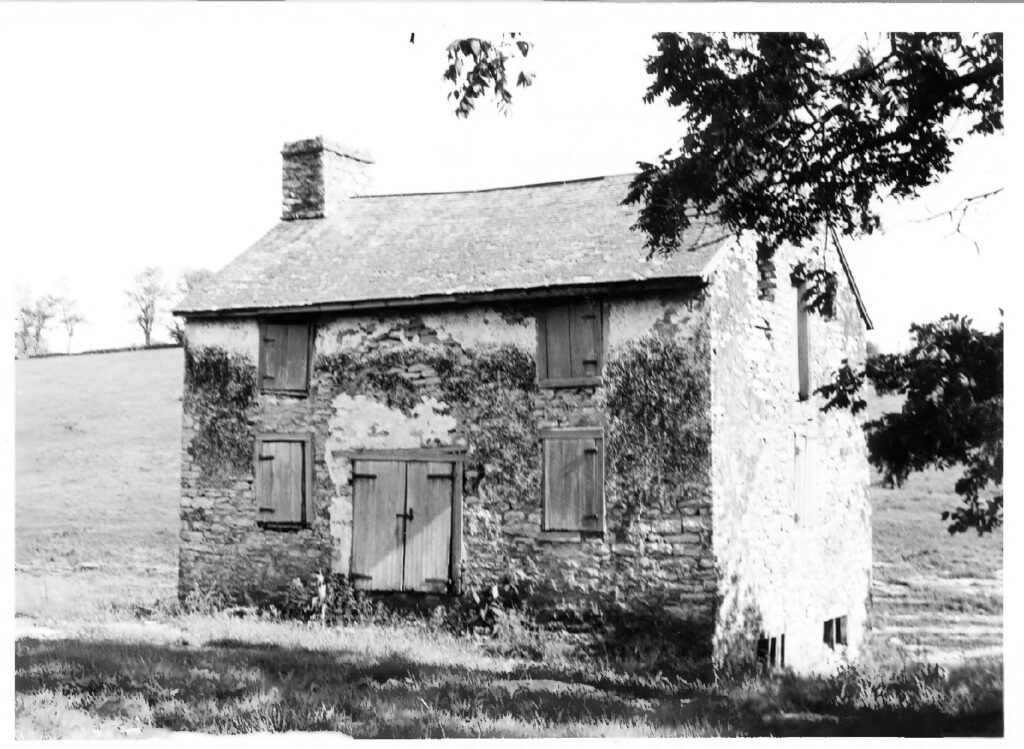 |
| Dormitory, ca. 1972. Photo: Ann Bevins (NRHP File) |
Attendance after just one year exceeded 100, including members of the Choctaw, Pottawatomie, Creek, and Chickasaw nations (as well as some local farm boys). An 1838 student log indicated that the Cherokee, Seminole, Prarieduchien, Chicaga, Miami, and Quapaw tribes were also represented at the Academy.
Ultimately, the school closed in 1843. The site was added to the National Register of Historic Places in 1973. The black-and-white photo, taken by Ann B. Blevins and extracted from the National Register application, shows the condition of the property in 1972, when cattle freely roamed into the lower level while hay and farm tools were stored in the upper floors. A side-by-side comparison of the 1972 photo with Amy Palmer’s 2013 photo shows some significant structural decay during the intervening forty years.
The Kaintuckeean previously visited only the historic marker of this old Academy, not believing that anything could be found two miles from the marker. Now we know.

